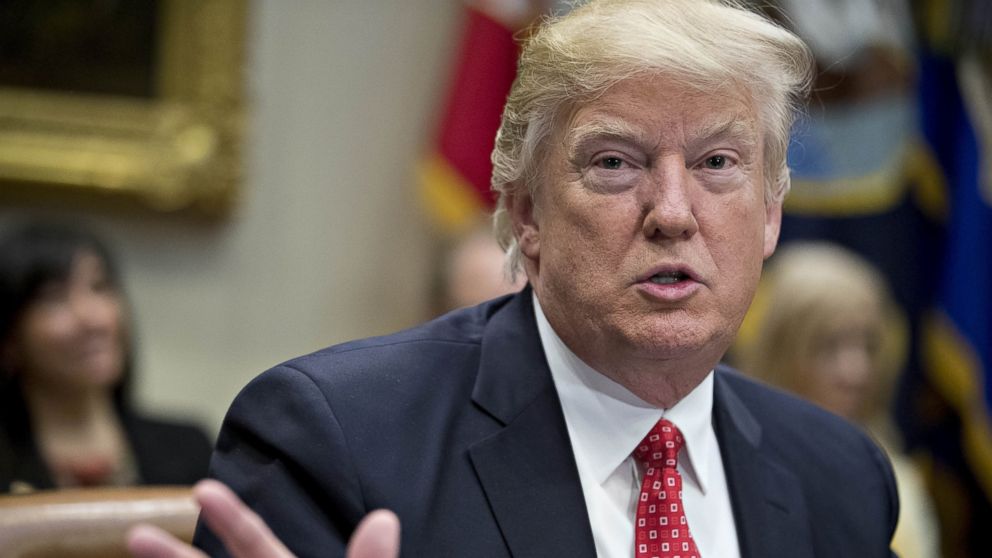No, Trump's Executive Order Didn't Lead to Capture of ISIS Leader
A fake news article claims ISIS leader arrested after Trump executive order.

— -- This fake news story has gone viral in the past week, but it isn’t true.
The false article claims that an ISIS leader named Rasheed Muhammad was arrested on arrival at a New York airport just after President Trump signed his immigration ban last month.
The Jan. 31 story was published on several websites but seems to have originated from a site called “The Times.” The website, which is not connected with The New York Times, Los Angeles Times or Chicago Sun-Times, did not respond to ABC News’ request for comment.
The article falsely claims that the 32-year-old man “attempted to enter the country with a tourist visa and claimed to be visiting family in order to attend this year’s Super Bowl,” but was apprehended because of heightened security after Trump’s executive order on immigration.
ABC News found no evidence that any Rasheed Muhammad affiliated with ISIS exists, or has been arrested. Here’s what we did find:
An Eight-Year-Old Photo
The photo published with the article actually depicts Najibullah Zazi, a New York-raised Afghan who was arrested in 2009 for planning suicide bombings in the New York City subway system and who was affiliated with al Qaeda, not ISIS. Zazi pleaded guilty to terrorism charges in 2010.
Another version of the fake news article uses two additional photos picturing two different people.
A Snapchat Apology?
The article falsely claims that former Acting Attorney General Sally Yates, who was fired after she refused to defend the president’s executive order, issued an apology to Trump via Snapchat. Messages via the social media platform disappear after a number of seconds, unless the receiver takes a screenshot of them. The Department of Justice’s website doesn’t list any Snapchat accounts, nor is there evidence that Yates has a personal Snapchat account.
The Nonexistent FBI Statement
The story also asserts that FBI Director James Comey released a statement saying he was “unsure if accomplices are still at large” and pledging to keep additional details secret.
There is no evidence the bureau released this statement, and a Google search for its text yields only versions of this fake news story.
What Actually Happened
The executive order signed Jan. 27 did temporarily ban travel to the United States from seven Muslim-majority countries. A week later, a U.S. District Court judge in Washington state ordered a national halt to the ban, and tens of thousands of people whose travel plans had been disrupted have been able to come to the United States.
The Trump administration asked the 9th Circuit Court of Appeals to reverse the ruling, and the judges are considering arguments over lifting the temporary halt. Their decision is expected this week.





